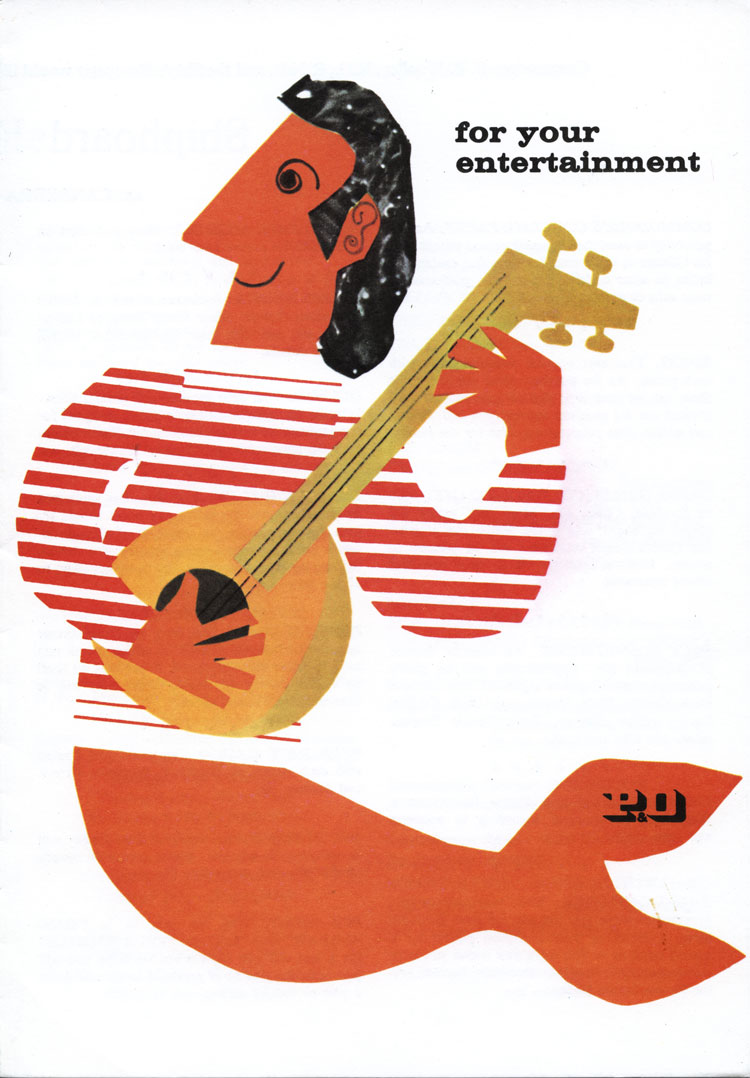Jewish Museum explores designs of refugees who fled Nazi rule
Designs on Britain will look at the positive impact Jewish designers have made on British life since the 1940s, celebrating creations such as Tate & Lyle’s branding and the Rayleigh Chopper bike.
Update 9 November 2017: Today marks the International Day Against Fascism and Antisemitism, an annual, European-wide campaign to remember those who have lost their lives to racism and protest against it today. Here, we explore a current exhibition on at the Jewish Museum, which celebrates the work of Jewish, immigrant designers, who came to the UK to escape Nazi rule in the mid-20th century.
Tate & Lyle’s branding, Transport for London posters and Penguin book covers; these are just some of the things which have been shaped by Jewish immigrant designers who fled Nazi rule and destruction following World War Two.
The Jewish Museum London’s new exhibition Designs on Britain explores the positive impact Jewish Europeans have made on British life. Given the world’s current political climate, this felt like the right time to celebrate the achievements of some of last century’s immigrants, says co-curator and head of exhibitions, Jo Rosenthal.
“The issue of immigration has become incredibly important recently, with millions of people becoming displaced refugees,” she says. “Looking at the stories of 20th century émigrés and the major contribution they had on British design is even more relevant in the context of today.”

And what better way to explore their contribution than by looking at a broad spectrum of designs, adds Rosenthal, from graphics, print and typography through to textiles and products.
“Design is part of the fabric of everyday life,” she says. “From the train seat you sit on, to the carrier bag you use for your groceries. The work we are showing demonstrates that much of what we consider to be everyday ‘quintessential’ Britain was actually made by ‘outsiders’, as it were.”

The show features 140 pieces from 18 designers, split thematically across sections such as war-time, travel, publishing, branding and identity, toys and vehicles. Interesting exhibits include a London Transport bus-stop sign by Hans Schleger; classic children’s toy Marble Run and 1970s Raleigh Chopper bike by Tom Karen; the poignant and powerful Four Hands poster by FHK Henrion, distributed across Europe after the fall of the Nazis; and Penguin book and The Economist covers, created by Romek Marber.
Collections have been sourced from archives at organisations including the University of Brighton, the Victoria and Albert (V&A) museum, London Transport Museum, Imperial War Museum, alongside private lenders such as family members of designers and collectors.
The exhibition does not only focus on the designs themselves, but also tells the stories of the people behind them. As visitors first walk in, the 18 designers – who hail from countries such as Austria, Germany, the former Czechoslovakia, Poland, Hungary and Azerbaijan – are profiled and their histories described in detail.

For example, Henrion was born in Nuremburg, Germany and came to the UK following the Nazis’ rise to power. He was treated as an enemy at first, but because of his skill as a graphic designer, it was realised his services could be put to better use and he atoned by the Government, explains Rosenthal.
He went on to create iconic work for the British war effort, such as the Four Hands poster, which held a striking image of a swastika being broken apart by the four hands of the Allies, Russia, Britain, France and America. The memorable poster held no text, making it universal and accessible to people across Europe.

Designs on Britain, though not a blockbuster show, could go a small way in promoting tolerance and appreciation of people from other cultures and religions.
“This is a good time to be shining a light on these important figures,” says Rosenthal. “These objects all came into existence thanks to people who weren’t born in this country, had to struggle to establish themselves, and who brought new continental ideas and approaches to working. We hope people will come to appreciate the major influence that these émigré designers had on British design.”
Designs on Britain takes place 19 October 2017 – 15 April 2018 at Jewish Museum London, Raymond Burton House, 129-131 Albert Street, London NW1 7NB. Museum admission costs £8.50 for adults and £6.50 concessions, and includes entry to the exhibition and all permanent displays. For more info, head to the Jewish Museum London’s site.
The exhibition has been produced in collaboration with the University of Brighton Design Archives. All images courtesy of Jewish Museum London.




-
Post a comment




